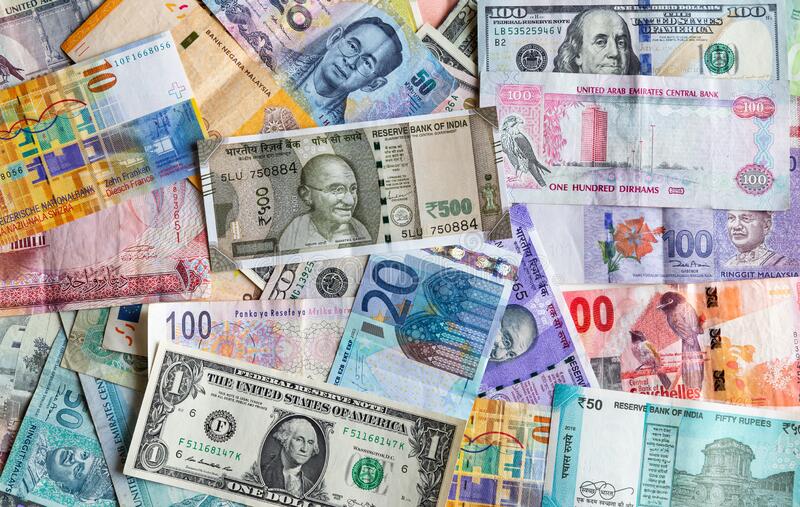We are so used to it, we never question what is money. It has long history and interesting facts around it. It is inevitable in modern day life. We all work for and towards it. Therefore, it is important to know what is money.
History of money
Before its invention, people used to barter for goods that they need with goods that they can give away or spare. In early-stage of evolution of human society, it worked. However, as society expanded human needs increased, barter system showed many drawbacks.
People have to travel long distance to find people who wants to exchange the product or service he or she has. Quantity for exchange were not matching. Product and service are not divisible to meet the requirement. There were no standard units for exchange. Transferability was not easy.
These difficulties lead to development commodity as a medium of exchange or currency. Different civilization used different commodity. Some used stones, some used metals. During the period 1450 to 500 B.C. people used obsidian, pearl shell, iron ore, pottery piece as currency. Between 650 to 600 BC stamped silver and gold coin came into use. The current day paper currency is believed to came into existing in China during 997-1022 Current Era (CE). In 1792, US became the first country to introduce coinage system and Dollar as a formal unit of currency.
Definition of money
Some of the scholars definition are as below:
Prof. Marshall, “Money constitute all those things which are at any time and place, generally accepted without doubts or special enquiry as a means of purchasing commodities and services, and of defraying expense.”
Prof. D.H. Robertson, “anything which is widely accepted in payment for goods or in discharge of other kinds of business obligation.”
Prof. Crowther, “anything that is generally acceptable as a means of exchange and at the same time acts as measure and store of value.”
It emerges from above that it
- Is a medium which is used to exchange for goods and service that people wants to buy or sell.
- can be in the form of coin or paper, commonly known as currency.
- It differs from country to country.
- Is managed and controlled by central authority of the country.
Characteristics of currency
Fungibility
It means that unit used should be equal in quality and interchangeable. A non-fungible money is none reliable for transaction.
Durability
It should be durable or non-perishable because it conserves value for future and transacted multiple times.
Easily recognizable
A currency must be unique in its feature for easy recognition. It also ensures authenticity and prevents duplication.
Stability
The value of currency should be stable so that its value either increase or remain in same level. Otherwise, it may not reliable to accept. It is a function of central authority to keep value of currency stable.
Portability
The currency must be portable to carry easily by its users. It should also be divisible into various quantities making it more convenient to use.
Functions of Money
Medium of exchange
It is the medium of exchange used to buy goods or service or sell goods and services.
A measure of Value
Value or worth of any good or service can be expressed in terms of money.
Future payments
It is accepted as future payment option for product and service availed now.
Store of value
It can store value of any goods and service for future use.
Income and expenditure
Income can easily be distributed and expenses can be made with the help of it like salaries, wages, utility bills payment etc.
Basis of Credit Creation
Money deposited with banks helps them to give credit or loan to clients. This is called money creation or multiplication.
Liquidity
It provides liquidity i.e. it can be used for verities of needs when required over any time horizon.
Types of Money
The following are the various types:
Market Determined
Money that is accepted by market forces for exchange of various goods and services is called market determined money.
Fiat Money and Legal Tender
Created by the central authority for circulation and doing transaction in the economy is called fiat money. Since, it is legal and accepted for all transaction within the country as well as outside of the country, it is also called legal tender. Rupee, Dollar, Pounds etc are examples.
How is Money Measured
Its circulation in the economy is measured three ways.
- M1 – It is the money in hands of public in the form of coin, notes, bank deposit. Since it is most liquid and available for use it is also called active or narrow money.
- M2 – It includes M1 plus non-institutional money market funds.
- M3 – It includes M1, M2 plus all large time deposits, institutional money market funds, short-term repurchase agreements, along with other larger liquid assets. It is also known as broad money.
Minting and Printing
In India coins are minted by Government of India at Mumbai, Alipore (Kolkata), Saifabad (Hyderabad), Cherlapally (Hyderabad) and Noida (UP). Its the responsibility of the Government of India to design and mint coin in terms of the Coinage Act 1906. There are 2 types of coin 1) Small coin and 2) Rupee coin. Small coin include 50 paisa and rupee coin include one rupee, two rupee, five rupee, ten rupee and twenty rupees.
Notes are printed at 2 press owned by Government of India located at Nasik and Dewas. There are another 2 press owned by Reserve Bank of India through its subsidiary Bharatiya Reserve Bank Note Mudarn Ltd.
Currently RBI issue or print notes in the denomination of ₹10, ₹20, ₹50, ₹100, ₹200, ₹500 and ₹2000.

